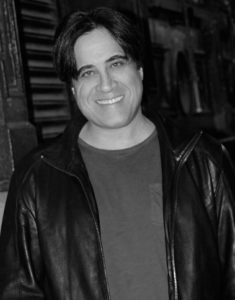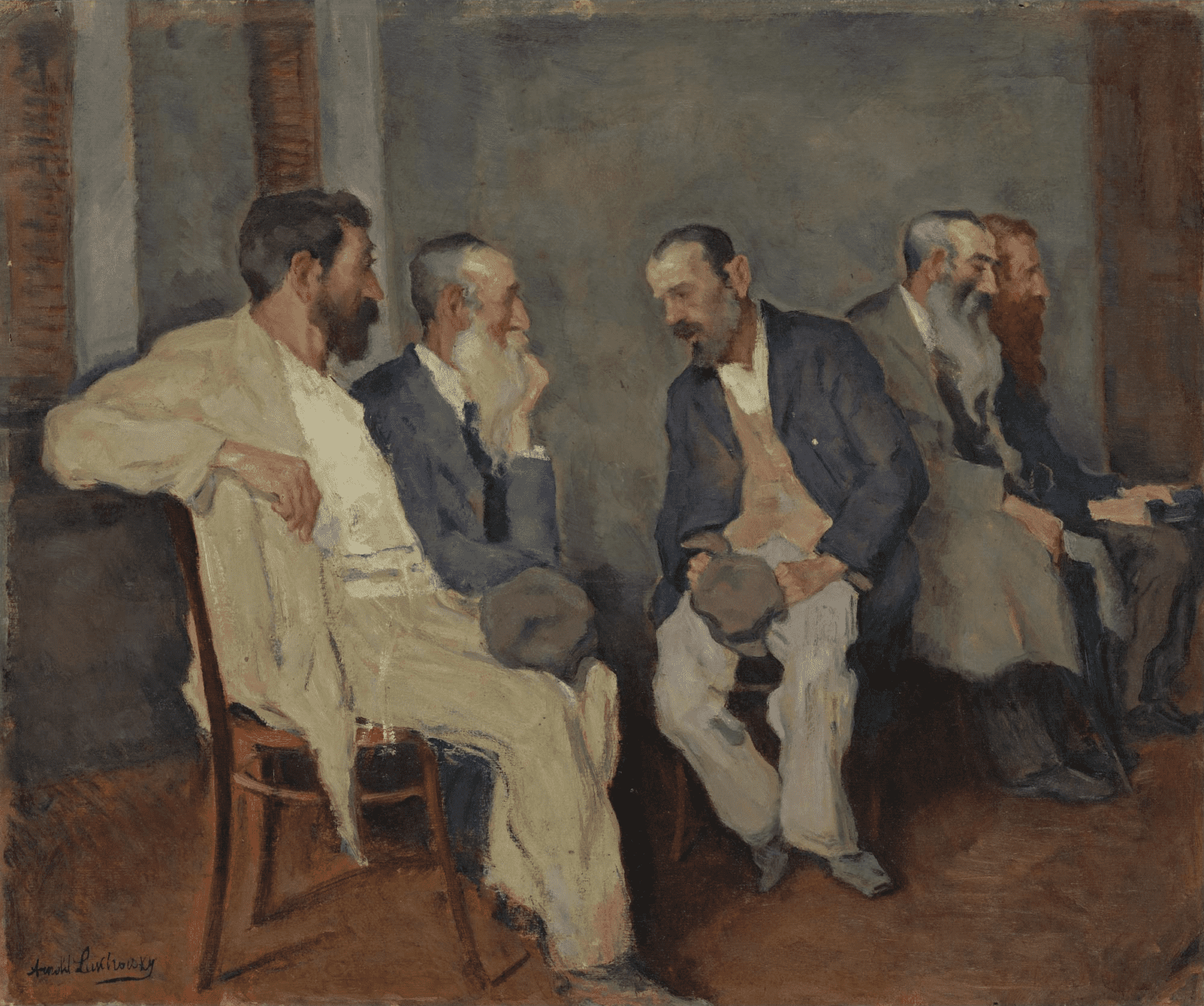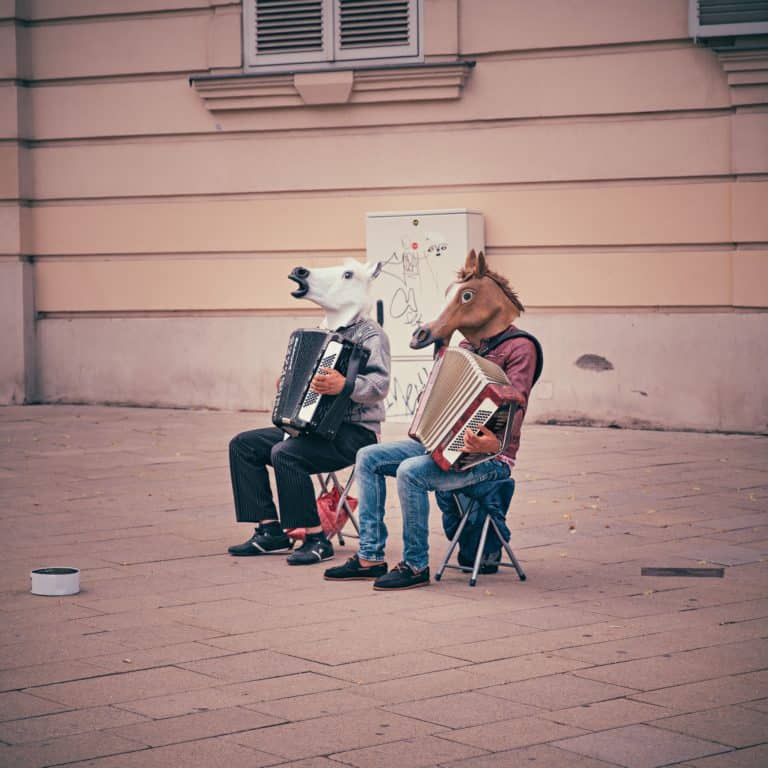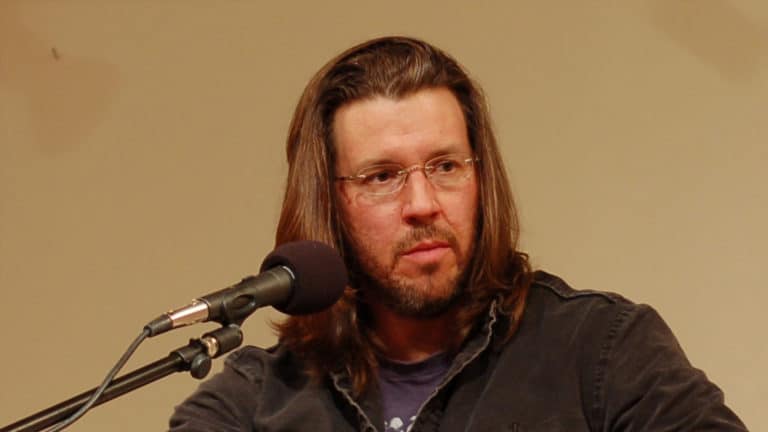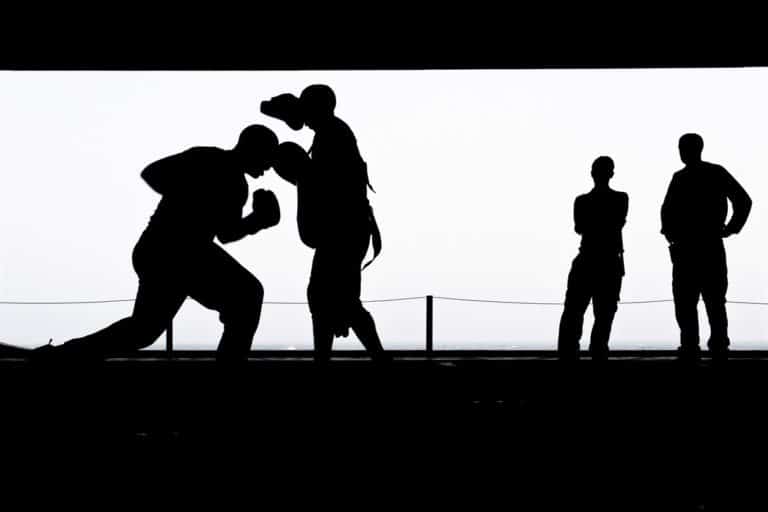I learned a lot about crime fiction writing in an odd place—the theater.
While I was completing my MFA in playwriting at Brooklyn College, I wrote for a few small theater groups in Manhattan and had a couple of short plays produced. During this period, I also read plays obsessively, and I believe what I learned from the theater and the craft of playwriting has had a profound effect on my novel writing, in particular in teaching me how to create tension, suspense and conflict in dialogue.
In novels, writers can fall back on description and interior monologue to move stories forward. In movies and comics, visual imagery assists in the storytelling. But in plays there’s no fallback— it’s all about the dialogue. In all mediums dialogue needs to be fun and/or intriguing, but in plays this is even more vital. One dull, meandering dialogue scene in a play can lose the attention of your audience. The dialogue always has to have clear conflict and enhance the overall plot and themes.
When I’m writing dialogue scenes in my crime novels, I try to think of my scenes the way playwrights do. Like in plays, in crime novels maintaining the audience’s attention is vital. So I always ask myself questions like, What does my character want in this scene? What is the obstacle? What is the conflict? What is the dramatic purpose? Is this scene moving my story forward? If I don’t feel my dialogue is propelling the overall story in some way, I either re-write it, or cut it.
In playwriting, the distinction between conversation and dialogue is important, and I always keep this in mind when writing crime fiction.
Conversation is the two people talking next to you at a coffee bar, while dialogue tells a story. Dialogue doesn’t always have to be to the point, though. In fact, some of the best dialogue scenes seem like conversation, but there’s always an undercurrent, a hidden agenda. A character may say one thing, but really mean something else, or dialogue might reveal new behavior, which also serves to move a story ahead.
Among classic plays, Waiting for Godot is a great example of dialogue that has the feel of conversation. On the surface, the characters seem to have mundane conversations to pass the time, but the story is actually always moving forward as new information about the characters’ behavior and the play’s existential themes are revealed. In crime writing, take a close look at any of Elmore Leonard’s novels and you’ll come to understand the distinction between conversation and dialogue. In Leonard’s books, even when the characters are seemingly talking about minutiae, they aren’t.
Next time you see or read a great play, pay close attention to the undercurrents in the dialogue, and I guarantee you’ll get the equivalent of a crash course in how to improve the dialogue in your crime fiction writing.
